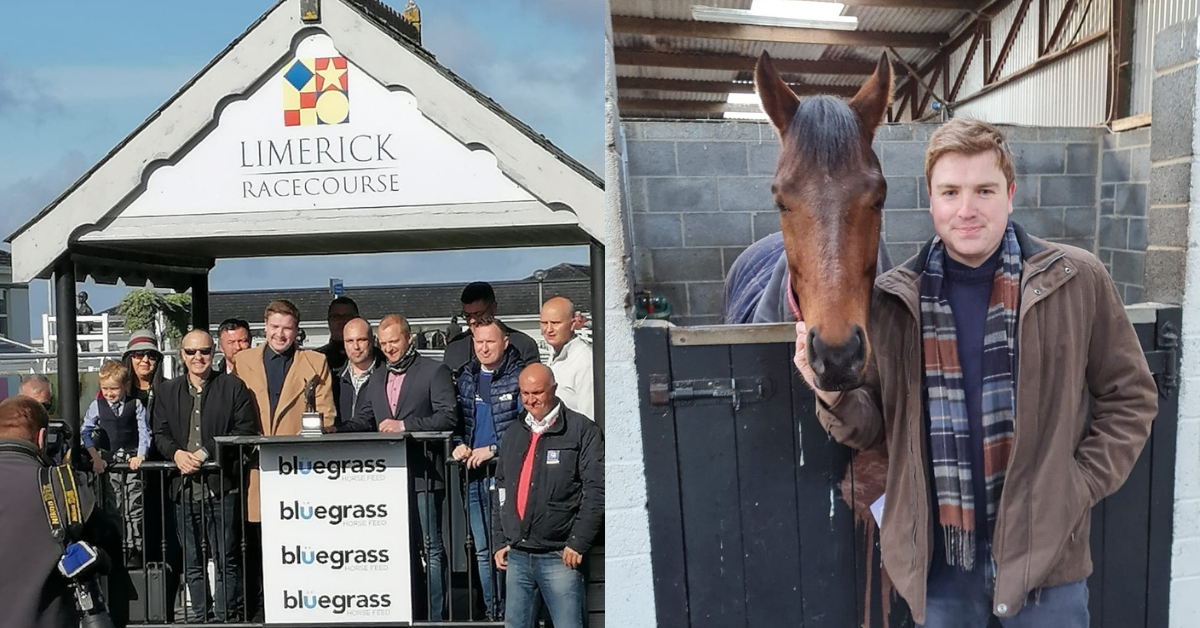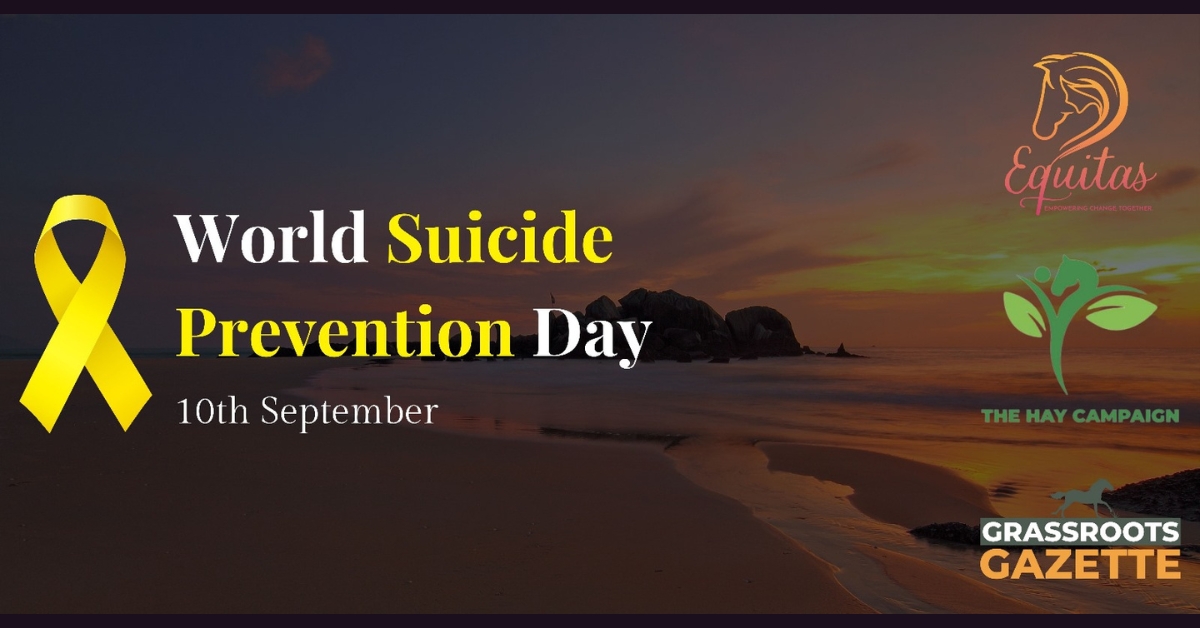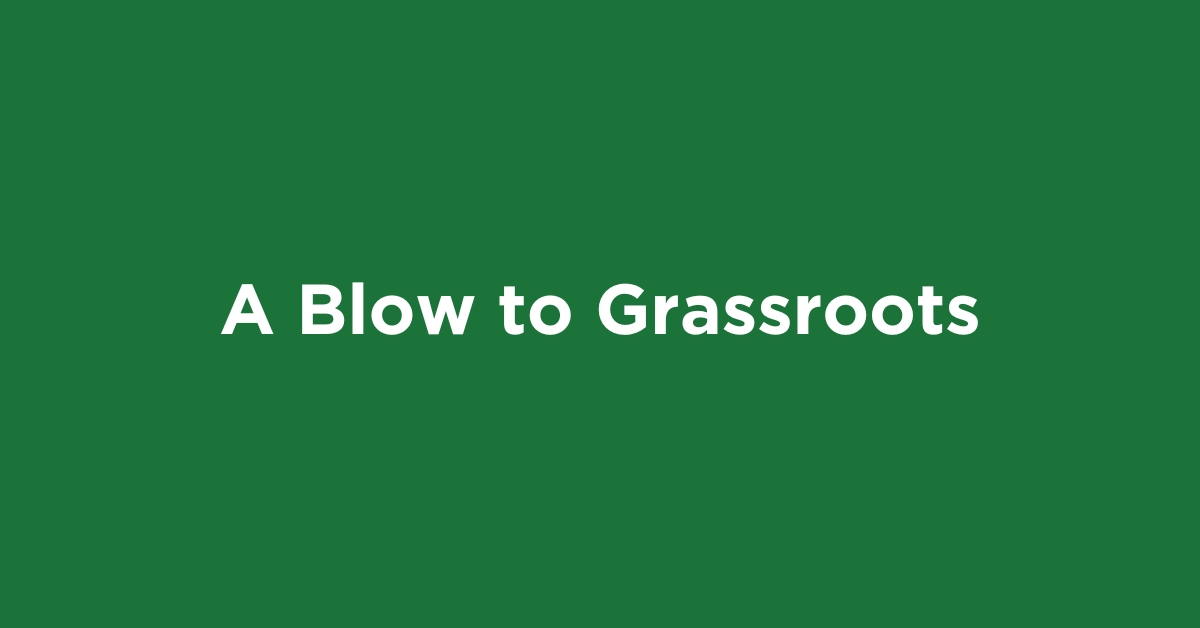
Making Horse Racing a more appealing sport to the general population and breaking down barriers in the sport in relation to entry etc
Horse Racing, since the bygone era, has been referred to as ‘The Sport of Kings’ and is depicted as such in films, plays, novels etc as a sport enjoyed by the upper echelons of society. Over the years, the imagery remains relatively unchanged. When looking closer to home from an Irish perspective, Horse Racing Ireland (HRI), the national lobbying body of the sport, along with racecourses, third level institutes as well as Universities have sought to make the sport more attractive to a wide section of society. The recent announcement of the Ireland Student Derby Race at The Curragh Racecourse is one such initiative. The Amateur jockeys attending various third level institutes in Ireland and the UK have the opportunity to take the ride in anticipation of winning €5,000 for their chosen equine charity.
“The innovative race, which is the brainchild of Riley Dargan, Paddy Barlow and the Curragh Racecourse, is the first of its kind which will feature the top riders from each of the universities of the European Student Horseracing Federation (ESHF), competing over the Dubai Duty Free Irish Derby track of 12 furlongs (2400 metres.)”
Such initiatives foster greater interest from a neutral student perspective. The idea of cheering on your educational institute and the silks associated, fosters pride and should open up the sport to a broader following. This idea, in my opinion, is a long-term strategy of the organizers of such events. They are hitting the target audience, as many of these students will ultimately enter the workforce, therefore having a greater disposable income. The hope is that by gaining this attraction, these students may become owners and sponsors themselves.
Annual student race days are also a prominent feature for many racecourses, aiding in attracting this population.
Traditionally those involved in the industry can be broken down into multiple categories.
The barriers to entry by many looking to develop a place in the sport by investing in racehorses can be difficult. The difficulties include cost limitations, lack of interest/knowledge/advise. It can be trying to make one of the first steps of simply deciding on a trainer that one wants to work with based off of results, trust, etc. It is encouraging that many third level institutes are now running equine courses for those seeking to make a career in the industry. This enables students to explore various paths including breeding, marketing, training, etc.
With the economy on an upward trajectory and disposable income more readily available, the resurgence of syndicates is another positive aspect for the sport. They often offer large shares or micro shares on an owned or leased basis. For many looking to dabble in the sport, this is a great introduction, which includes stable visits, owner’s badges on race days, a share of prize money in relation to your share percentage in the particular horse, etc. An aspect which needs to be monitored is the loose regulation around setting up a racing syndicate or racing club.
Setting up a racing syndicate is not regulated in Ireland. With the recent media headlines including information on shares being oversold in syndicates, this is an area HRI will need to consider monitoring. HRI will need to look at requiring licensing for syndicates and a full regulation of same. Any share purchased should be put onto a central database for owners of a particular horse to see the levels, percentages and number of shares sold etc. The British Horse Racing Association is introducing such measures from early 2022. “The BHA will also require that Syndicators disclose the percentage shares held by each member of the Syndicate. Syndicate members will be able to view their own recorded shareholdings through the BHA’s Racing Administration system from early 2022.”
Syndicates are a positive step forward for the horse racing industry as it allows many to become involved with racehorses, an entry into the winner’s enclosure. This provides an avenue into horse racing for those who may not have thought the possibility existed. The traditional route of buying a racehorse and funding the training fees, vet bills, entry, transportation etc. is still alive and well but there is a lot more risk in it, which is why syndicates have become such a large part of racehorse ownership. Behind the scenes, hard work is placing the industry in a more positive light with a recent HRI TV advert doing excellent work in this regard. The advert includes catchy phrases that catch the viewers’ attention such as, “Every racing moment.” Much of the language used and terminology can turn off ordinary race goers and a simple jargon buster sheet at the front of the programme could help explain the terminology i.e., each way, handicap, hurdles, certain phrases, how to read the odds, etc.
Bookmakers and gambling firms play a large part in the sport with many notable current jockeys, ex jockeys and trainers doing work for these firms. From an ordinary punter’s viewpoint, some question and raise the issue of conflict of interest in same. Is it in the interest of such a party to disclose potential information leading to gain for the punter where essentially it may greatly affect their employer?
With the revenue generated from the industry with various sources, it is as vital that this is re-invested, as it is that the sport keeps moving with the trends, keeping the sport active, fresh and in the public sight.
The emergence of female superstar jockey, Rachael Blackmore, has proved very positive for the sport. She is a leader in the sport, having recently won the Aintree Grand National. Her success has also fuelled interest in young females who may have an inkling to enter the sport.
With the popularity of GAA, and Soccer in Ireland with the underage categories and the relatively inexpensive route to play these sports, HRI and other bodies will need to showcase further entry routes into the sport, not only for players, or in this case, jockeys, but also followers, including but not limited to owners, trainers, grooms, etc. Radio shows highlighting the sport in a positive light are a very welcome addition, including ‘Friday Night Racing’ on Newstalk as it has a high listenership episode after episode.
In conclusion, the Horse Racing Industry has placed itself in a good position to attract increased interest from the younger population due to initiatives noted above. A great amount of work has been completed, but as a famous election poster once said, “A lot done, more to do.” Giddyup.


Share
Your subscription is 100% Free for our first year, No credit card details required.

The equine industry is demanding—long hours, physical labour, and financial strains can be incredibly tough. That’s why the HAY Campaign—How

Horse Sport Ireland, the governing body for equestrian sports here in Ireland, recently announced significant changes to its constitution. While

Championing Resilience and Community in Showjumping Avril Mackey’s influence in the equestrian community goes beyond just competition; she embodies the